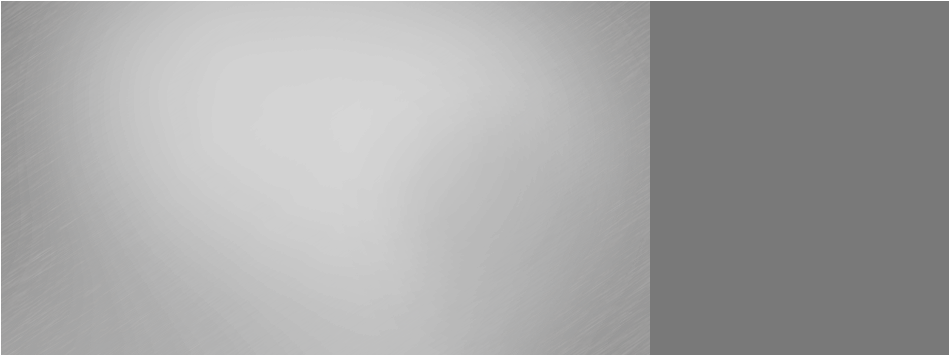The Bloody Bay Wall Project


The basic idea of this project, started in 1998, was to produce a life-size image of a coral reef. The concept was to photograph a large reef area up-close in multiple images and use digital imaging techniques to assemble them into one giant high resolution image that could be reproduced at actual size. The critical issue here was to obtain a set of overlapping images of sufficient resolution, matching in lighting and exposure. Also the subject distance, angle of view and lighting needed to be carefully controlled in order to reproduce the true colors of the reef and accurately assemble the image. This was accomplished by designing a neutrally buoyant camera platform and lighting system that fixed the optics orientation and stand-off distance and provided a sheet of soft, uniform light that evenly illuminating the target area for each frame. Somewhat like a giant Nikonos framer, the platform was weightless in water but still required 3 divers to operate. With Larry Hellemn and Peter Neubauer recruited to help, the "framer" was tested at Catalina Island in California and then shipped to Little Cayman for the real job at Bloody Bay Wall.
The "Fraid Knot" was chartered for the project, operated by Steve Foster and Jeff McDowell. Diver communications were provided by Mike Pelissier of Ocean Technology Systems. 23 dives were made over 10 days at the Great Wall site photographing the individual frames using ruled vertical guideliines to keep track of the position of each frame. The image is comprised of 22 vertical columns, each with 10-15 images, depending on the size and distribution of the marine life. In addition to the frames that were shot of the wall itself, some marine life was shot out of sequence in separate frames.
Post-processing of the image took nearly 6 months. Each frame was drum-scanned at 4000ppi and the image was manually "stitched" together using two Macintosh G4 computer workstations. In total, more than 280 frames and 18 gigabytes of raw data were combined to make the 4.95 gigabyte final image. Since the image was too large to be saved as a single image file at the time, the completed Great Wall West image was saved in the individual panels required for the life size display and stored on two 5.3GB DVD RAM disks. At its completion in late 1999, this 1.77 Gigapixel image was possibly the largest non-scientific image ever created. A second life size image was made at Great Wall East in 2003 with the assistance of Courtney Platt.
Location:
Depth (Top): 70 feet
Depth (Bottom): 90 feet
Coverage area: Approx 20 feet X 68 feet
Dimensions (pixels): 23,010 × 76,934
Size in Bytes: 4.95 Gigabytes
Size in Pixels: 1,770,251,340 (1.77 Gigapixels)
Frames: 280 +
Media: Film - Fuji Provia 100
Great Wall West Image Data
Great Wall West
Bloody Bay Marine Park
Little Cayman Island
Cayman Islands, B.W.I.
Contents copyright ©2009 Jim Hellemn all rights reserved permission required for use of any content or images



